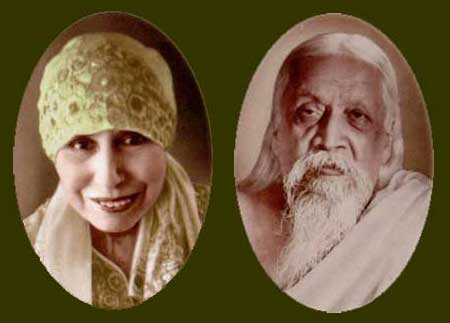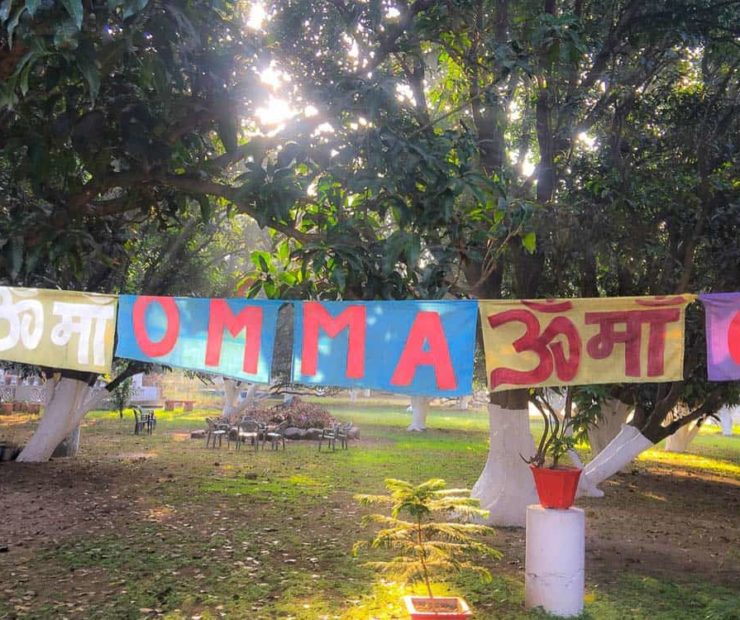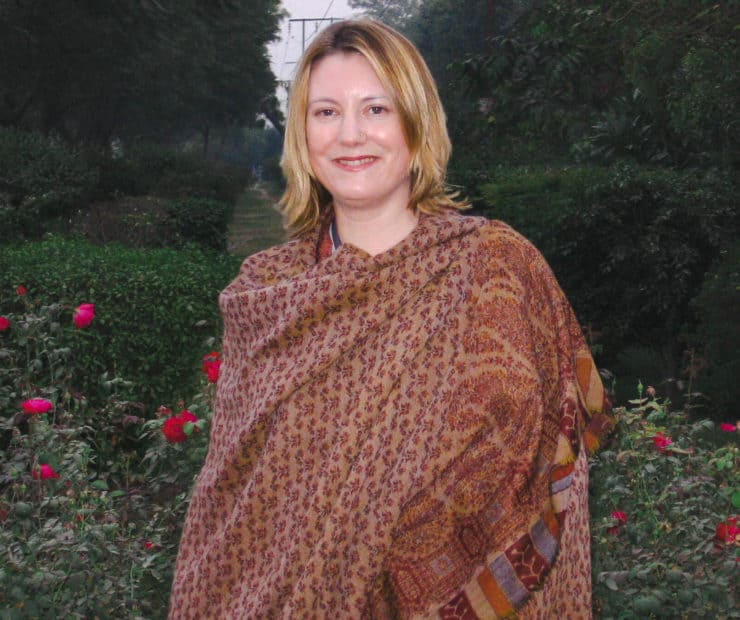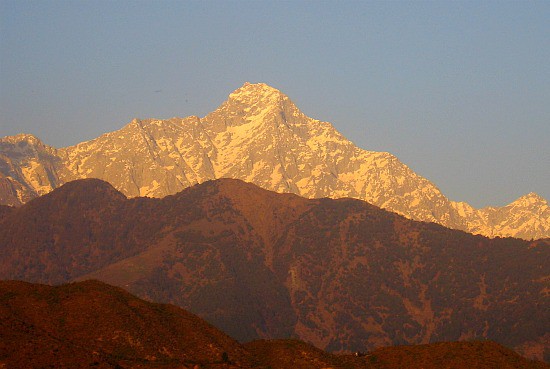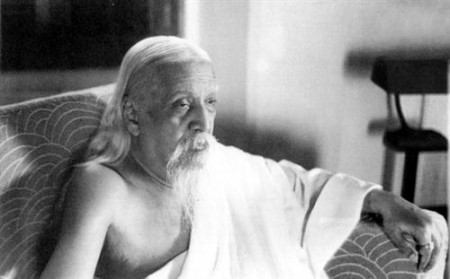 My teacher’s teacher: A great mystic
My teacher’s teacher: A great mystic
When I am in India, I always make time to go to Aurovalley Ashram. I consider it to be my spiritual home and I have written extensively about it on my original travel blog. I have written about what a peaceful place it is, a veritable garden-of-eden, surrounded by meadows, ringed by the mist-covered Shivalik Hills and situated near a lovely, uninhabited stretch of the Ganges River. I have written about my teacher, Swami Brahmdev (Swamiji) and the activities of the ashram. I have written about the profound effect this place has had on me. But I have never written about Sri Aurobindo, the man whose name is given to the ashram. So, I would like to dedicate this post to Sri Aurobindo (August 15, 1872 – December 5, 1950).
To see is to know
I know Sri Aurobindo primarily through his photo. In the circular, marble meditation hall at the ashram, there are two enormous portrait photos, hanging side-by-side. On the left is The Mother and on the right is Sri Aurobindo. The Mother, born Mirra Alfassa in Paris in 1878, was Sri Aurobindo’s spiritual partner (and her story is fascinating and inspiring — I will have to write about her in another post.) They are both elderly in the elegantly composed black-and-white photos. Compassion lives on their gentle faces and love streams from their eyes. I can feel healing energy merely by standing in front of them and by meditating in their presence. They seem to carry the archetypal and universal energy of Mother and Father. I feel mother’s love and acceptance from The Mother and I feel lifted towards my higher aspirations by Sri Aurobindo. As I have lost my own earthly parents, they have, in a way, taken over the job.
Though I have only started to read a tiny selection of their vast published writings, I feel I know them in my own way, through experiencing darshan with them. Darshan (which is a Sanskrit word meaning ‘sight’) is the Hindu practise of beholding a deity, revered person or sacred object. It basically means that you look at the object of your reverence, and receive blessings in return. Darshan is one of the main forms of Hindu worship. I think it’s a lovely, deceptively simple concept that is grounded in the eastern idea that the object of a spiritual life is the evolution of consciousness and realizing the true nature of reality and the self.
All life is yoga
The other way I know about the teachings of Sri Aurobindo and The Mother is by listening to my teacher, Swami Brahmdev, during his daily satsang at the ashram. At the ashram, there is a huge painted sign that reads: “All life is yoga,” and this sums up the teachings of Integral Yoga, the yoga of Sri Aurobindo. It is a testament to his genius that his teaching can be summed up in such a short and simple slogan.
Sri Aurobindo was a philosopher, political activist, a mystic, a spiritual leader, a poet, a yogi and a teacher. He is very well known in India and considered a towering figure of the 20th century, but not as well known outside of India — which is ironic because of all the great spiritual figures of the last 100 years or so in India, he was probably one of those most familiar with the west. Originally from Calcutta, he was educated in England, and came back to India to join the freedom movement before dedicating himself totally to a spiritual life. He spoke and wrote in several languages, composed the epic 24,000-line poem Savitri, in English, founded a spiritual community in Pondicherry and of course contributed many profound philosophical and spiritual ideas, including the comprehensive theory of integral yoga.
The post is only a very brief introduction to Sri Aurobindo and doesn’t even begin to express the essence of his teachings, but I hope it will inspire you to want to learn more. I feel that his ideas, like so many that Indian wisdom offers, are particularly in need at this time in man’s evolution (see Sharing India’s wisdom with the world).
“To hope for a true change of human life without a change of human nature is an irrational and unspiritual proposition.” – Sri Aurobindo
I’ll end with a quote from the Sri Aurobindo Studies blog: “Sri Aurobindo’s integral yoga has enormous implications for the time we find ourselves in. As we systematically destroy the basis of life on the planet, and wall off one another through ultimate fragmentation, we are left with the stark contrast of choosing between survival and destruction, life and death, growth or decline. Sri Aurobindo recognizes the necessity of the individual within the context of the collectivity, universality and the transcendent consciousness of Oneness. The individual is the nexus or hub of the evolutionary urge, but not separate from nor at the expense of the life of the cosmic whole.”
If you enjoyed this post, you can….
Get updates and read additional stories on the Breathedreamgo Facebook page.
Buy Song of India, a collection of 10 feature stories about my travels in India. E-book version is now only $1.99.
Subscribe to the free — and inspiring! — e-newsletter, Travel That Changes You.


